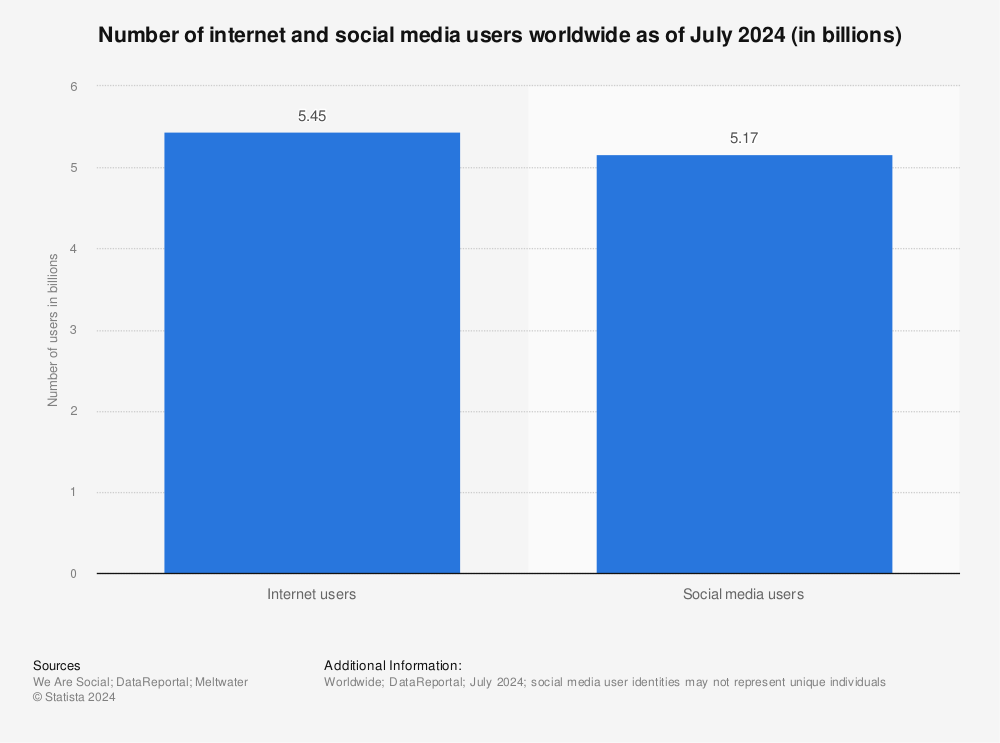The role of Web Architecture
As of January 2021, there were over 4.66 billion users worldwide actively using the internet. That is over half of the global population. It is easy to take it for granted as it has now existed for many years and is becoming increasingly available to a greater audience.
What exactly is the internet and how does it all work? When connections drop, batteries die or credit runs out it is quickly evident that we heavily rely on its existence. If you are familiar with the IT crowd you should remember this scene: The internet. So what is it and how does it all work?
In very simple terms, it's a network of computers. Every computer has an IP address. It's a framework system that has reformed correspondences in numerous types of media, for example, print, social, and electronic. It is a method for individual and business needs, permitting dispersed computer networks all throughout the world to communicate. The Internet emerged in the United States in the 1970s but did not become available to the general public until the early 1990s.
How does it work?
When you open up your web browser:
You type in a website address before your browser can request any content it needs to know where it is stored. It does this by using the DNS or Domain Naming System. DNS is like the address book of the internet.
The DNS will translate the website address into an IP or Internet Protocol address. This is like a home address for every device connected to the internet.
Using this IP address your computer will be able to request content from the web server, a computer responsible for storing and serving web pages.
The web server will respond by sending files back to the browser which renders the files, showing the requested page to the user.
The internet is often referred to as the ‘network of networks’ and is a powerful tool of communication. People all over the world are able to connect directly with each other, creating so many possibilities and positive impacts to people's lives. One of the darker sides to the web is that it is hard to regulate, often resulting in harmful activities that have a negative impact on society.
Tim Berners-Lees, the founding inventor of the World Wide Web is consistently trying to push positive change of the web as it unfortunately has “created opportunity for scammers, given a voice to those who spread hatred, and made all kinds of crime easier to commit”. The only way to ensure the web is a safe environment is for as many people as possible to agree and strive to use the platform as was originally intended.
Conclusion
Web architecture is a fundamental building block of the internet, and involves many moving parts that require synergy to deliver the functions and behaviours of the internet.
Web architecture supports the constant growth of the web and defines the capability of the platform to ensure smooth performance, flexibility, easy integration of features, and to enable better security.
There is nothing more frustrating than getting a 404 error message, which is a Hypertext Transfer Protocol standard response code. If you do come across it on Google there is an interesting story about when you had no Wi‐Fi and the jumping dinosaur character would appear on screen reflecting on the “prehistoric age” before the web. If you fancy playing the game online or learning more about the dino click here.
Want to play the dino game: chrome://dino/
References
The Irish Times: Fight for the web is ‘one of the most important causes of our time’
Play the Google Dino chrome://dino/


